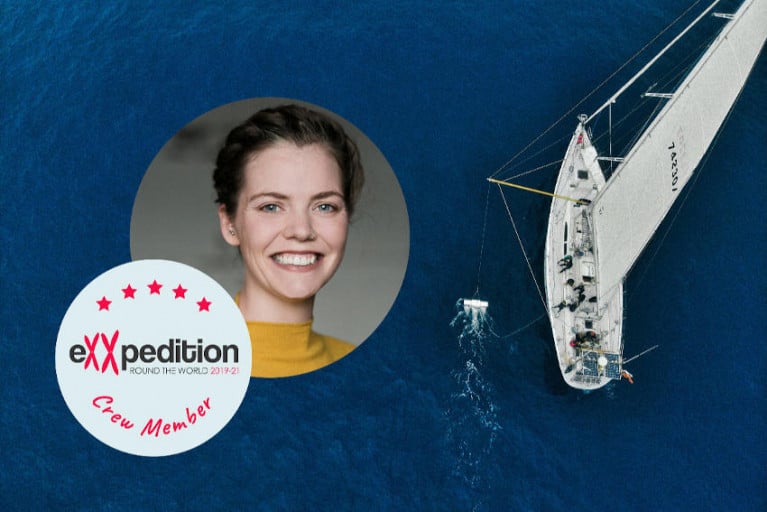Displaying items by tag: eXXpedition
Irish Sailor & Artist Joins Women’s Expedition To Research Impact Of Ocean Plastic
An Irish sailor and visual artist will join next month’s leg of an all-female sailing voyage that’s carrying out important research into the devastating impact of ocean plastic.
Claire McCluskey was a relative novice to sailing when in 2016 she and her partner took part in the Atlantic Rally for Cruisers (ARC), the first of two transatlantic voyages she has under her belt.
Now she’s preparing to set out to sea once again, as she has been chosen from over 10,000 applicants to join the crew of eXXpedition Round The World 2019-2020.
The pioneering all-female sailing voyage and scientific research mission is circumnavigating the globe via four ocean gyres and the Arctic.
And Claire is one of 300 women to join the crew over the voyage’s 30 legs over more than 38,000 nautical miles, studying microplastic and toxins in our oceans.
In February and March, Claire will join Leg 7 of the eXXpedition mission to sail 2,000nm from the Galapagos to Easter Island, gathering samples en route from the South Pacific Gyre — a major plastic accumulation zone.
She will be part of an interdisciplinary team which, in addition to assisting with scientific research at sea, will bring together their unique expertise to think of new ways to tackle the problem of plastic pollution.
As a visual artist, this experience will contribute to Claire’s research into our relationship with the ocean, and will inform a new body of work on her return to Ireland. She will also be writing updates and blog posts for the duration of the four-week voyage.
You can Claire’s participation in the eXXpedition voyage via her GoFundMe fundraiser — for which she is also organising a table quiz next Tuesday 4 February from 7.30pm at Bloody Mary’s on South William St in Dublin — and find out more about the Pacific islands leg HERE.






























































